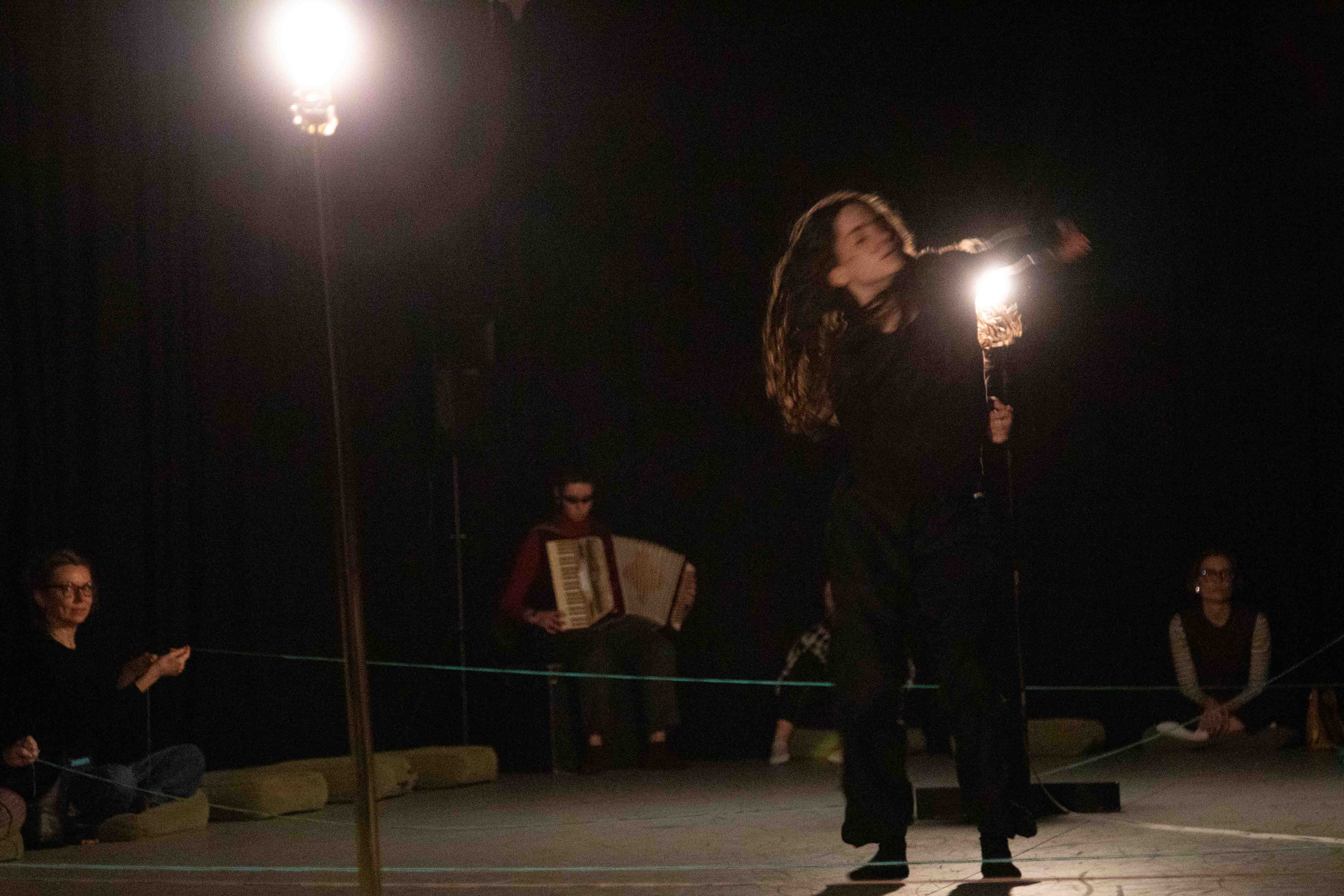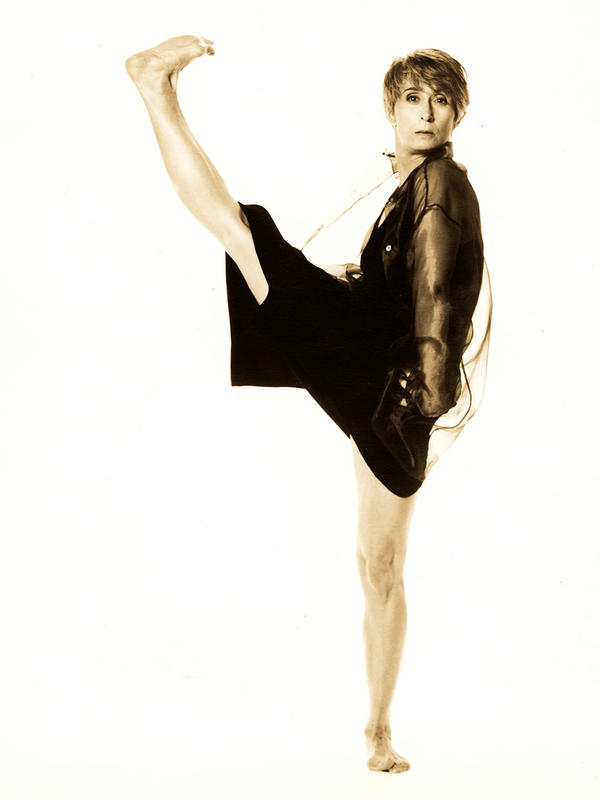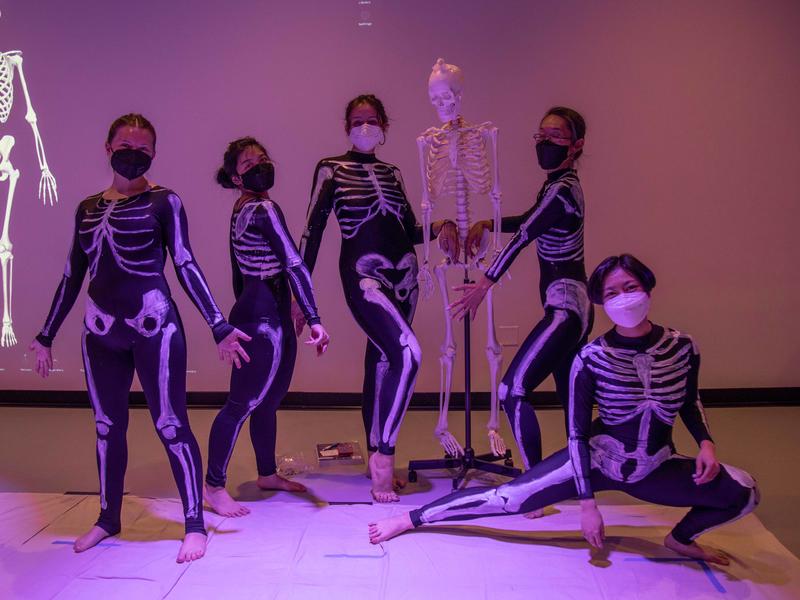From February 21 to February 28, the Movement Lab at the Milstein Center for Teaching and Learning presented its first-ever live event festival. The Artificial Environments / Environmental Intelligence (Ae/eI) Festival hosted a robust schedule of dance and theatre performances, visual art installations, and transdisciplinary projects. Students, alumnae, and visiting artists presented works circumscribed by the idea of expressing the meaning of and response to where the world stands at the intersection of technology and nature.
“It came about organically, and now it’s happening,” said Celia Krefter ’22, the Movement Lab’s Post-Baccalaureate Fellow, on the eve of the festival. Typically, the Movement Lab does not adopt an overarching artistic theme for the academic year, but faculty director Gabri Christa and associate director Guy de Lancey were struck by the number of artists expressing interest in nature and technology this year and decided to explore what these two concepts mean as they relate to each other.
“The theme resonated with students and me because of the juncture we find ourselves in socially, with the exponential encroachment of digital technology and automation on our lives and social arrangements,” said de Lancey. “Coupled with the degradation in our environment, students have things to say or express about it.”
It was Krefter’s idea to make the festival a staging ground for students to showcase the work that emerges from this theme. “We kind of did it as an experiment. [I suggested] we take these artists and make a more formal submission process with an adjudication committee,” said Krefter.
The point of the festival was to highlight the work and bring together the artists who share a fascination with the theme.
“This festival showcases a willingness and palpable eagerness on the part of students and participants to think critically and to develop creative strategies to respond to the uncritical advocacy of big data as the solution to social connection and engagement,” said de Lancey. “It also maps where young people are today in their engagement with technology, the environment, and society. The contribution here is not only to the arts but to science [and] to human inquiry on every level.”
Nine alumnae and seven current students were among the performers who participated in the 15 featured works-in-progress.
Krefter entitled her own piece Tricoteuse, a reference to the French Revolutionary War and the women who, when barred from publicly participating in the political movement, would crochet during guillotine executions as a form of personal protest. The “performance experiment,” as Krefter called it, featured two crocheters, a dancer, and an accordion played by Krefter. It was “an homage to analog technologies,” she said.
“People think technology needs to be a computer or a jet engine. But technology can be as simple as a crochet hook, a lightbulb, or a dancing body,” said Krefter. “It was kind of like with jazz soloists trading fours,” said Krefter of the night she staged the piece — which was the first time the artists performed together.
This inaugural live performance festival adds a new element to the Movement Lab’s eclectic shows. Next fall, the Lab will continue with its biennale Moving Body/Moving Image film festival.
Located in the basement of Milstein Center, the Movement Lab is a unique place for discovery and artistic practice. Designed to invite experimentation and exploration at the juncture of dance, performance, visual arts, and technology, it’s a flexible, modular space for students, faculty, and artists to explore, produce, and collaborate.
Here, a steady stream of visiting performers and creatives present nascent forms of emerging works where students can similarly present experimental productions. “It’s one of the best-kept secrets of the campus,” said Krefter.




